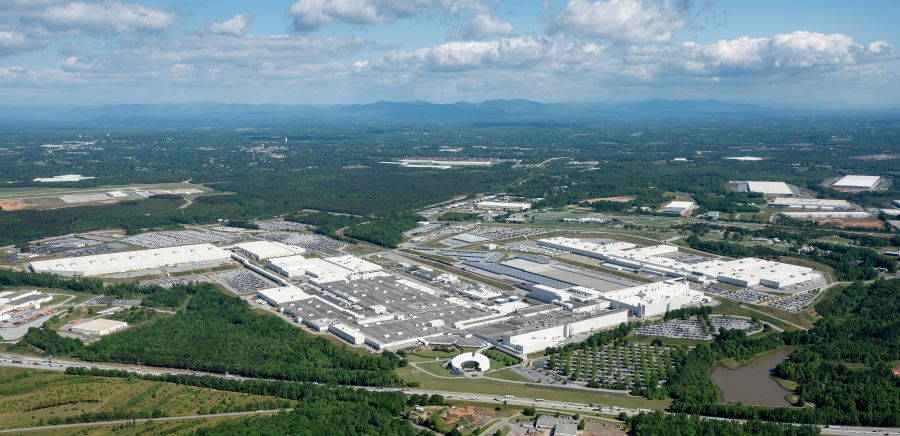SOUTHFIELD, MI—While major steel producers are investing millions to increase electrical steel production capacity, the rapid growth of the hybrid and electric vehicle segment could potentially cause material demand to outpace supply from 2025, claims a new report from IHS Markit.
As the automotive industry battles the semiconductor shortages, which have prevented the production of more than 9 million units, the rapid expansion in growth of EV sales raises questions about the future availability of sufficient electrical steel needed to produce electric motors to meet the electrification targets set by regulators and OEMs around the globe.
Electrical steel, or silicon steel, is an iron-silicon alloy that possesses superior magnetic properties to other types of steel alloys, making it optimized for a variety of electrical machines ranging from power and distribution transformers to electric motors.
While electrical steel is estimated by IHS Markit to account for only 1 percent of the 2 billion metric ton 2020 global steel market, its supply is being considered as an increasingly critical input to OEMs' electrification plans, as well as various energy transition initiatives.
The commercial electrical steel market is divided in two major categories: grain-oriented electrical steel (GOES) and non-oriented electrical steel (NOES). GOES is used in static machinery, such as transformers, which require unidirectional magnetization, while NOES is used in rotating machinery like motors and generators, which require multidirectional magnetization.



